Uncategorized
-
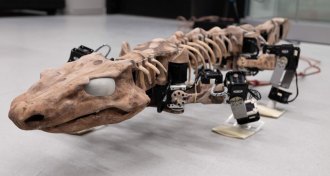 Paleontology
PaleontologyA four-legged robot hints at how ancient tetrapods walked
Using fossils, computer simulations and a life-size walking robot, researchers re-created how an early tetrapod may have made tracks.
-
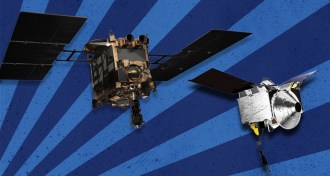 Planetary Science
Planetary ScienceTwo daring spacecraft aim to bring asteroid dust back to Earth
A pair of daredevil spacecraft that aim to bring asteroid dust back to Earth have reached their targets and are scouting for the best sampling spots.
-
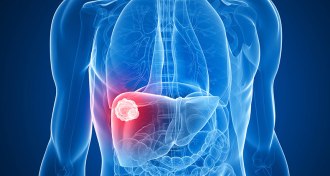 Health & Medicine
Health & MedicineA new 3-D printed ‘sponge’ sops up excess chemo drugs
Researchers have created “sponges” that would absorb excess cancer drugs before they spread through the body and cause negative side effects.
-
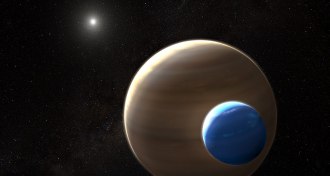 Astronomy
AstronomyThe first suspected exomoon may remain hidden for another decade
The discoverers of the first evidence for a moon orbiting a planet around a distant star are still trying to confirm the object’s existence.
-
 Psychology
PsychologyEasing test anxiety boosts low-income students’ biology grades
Wealthier students outperform their less advantaged peers in math and science. Decreasing test anxiety may help even the playing field.
By Sujata Gupta -
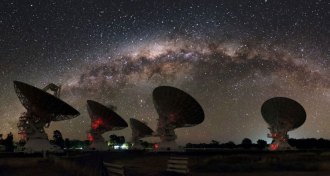 Cosmology
CosmologyA cosmic flare called the ‘Cow’ may reveal a new way that stars die
A burst of light from far away may have been an odd type of exploding star or a white dwarf being eaten by a black hole.
-
 Tech
TechDesalination pours more toxic brine into the ocean than previously thought
Desalination plants help offset the world’s growing water needs, but they also produce much more supersalty water than scientists realized.
By Jeremy Rehm -
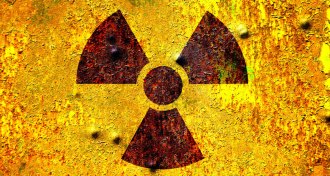 Chemistry
ChemistryYour phone could reveal your radiation exposure after a nuclear disaster
Examining personal electronics may help gauge people’s radiation exposure in the event of a nuclear accident or attack.
-
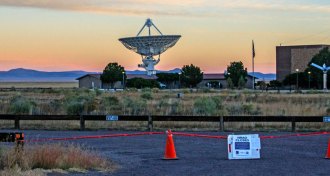 Science & Society
Science & SocietyHere’s how the record-breaking government shutdown is disrupting science
The partial government shutdown is taking many U.S. scientists out of commission and putting up hurdles to their research.
-
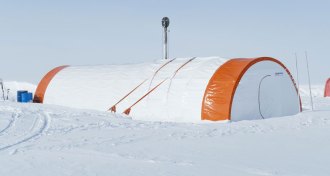 Climate
ClimateA drill built for Mars is being used to bore into Antarctic bedrock
An autonomous drill originally designed for work on Mars has its first mission in Antarctica.
-
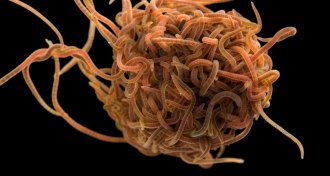 Animals
AnimalsHow worm blobs behave like a liquid and a solid
Blobs of worms flow like a fluid, plop like a solid and fascinate scientists.
By Susan Milius -
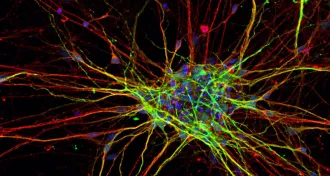 Neuroscience
NeuroscienceNerve cells from people with autism grow unusually big and fast
In some forms of autism, nerve cells develop faster than normal, possibly setting the stage for the disorder, a study finds.